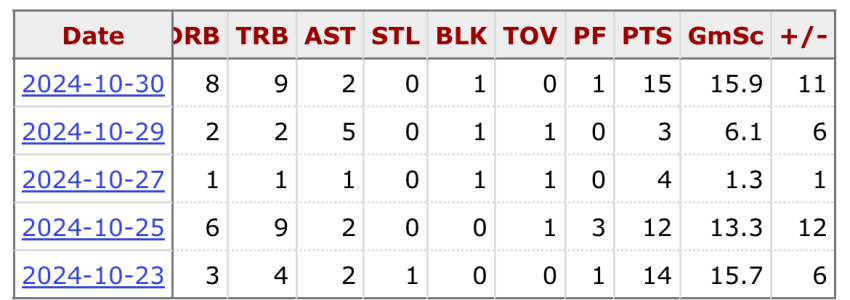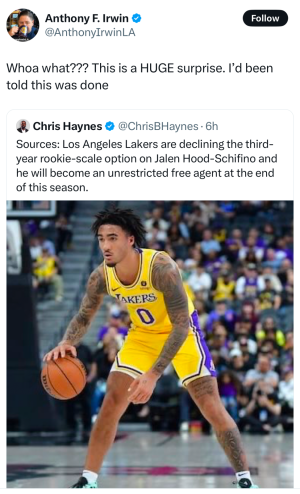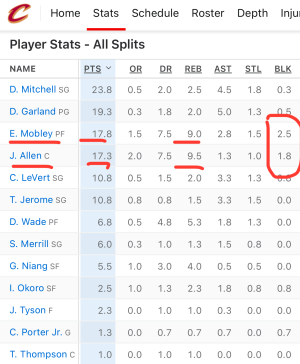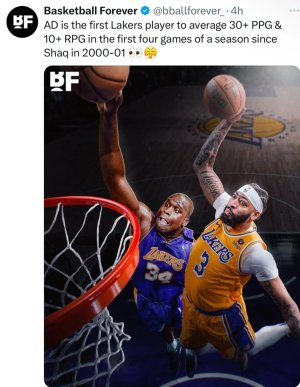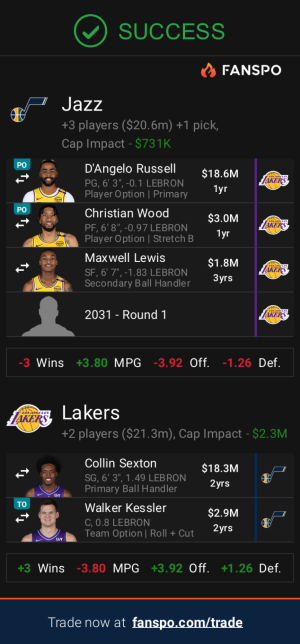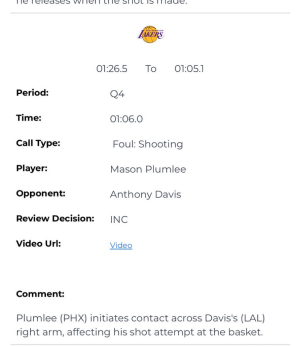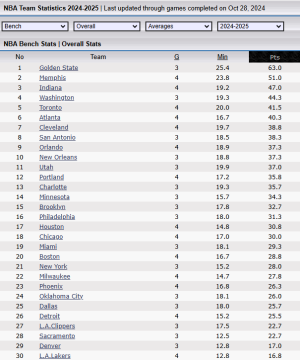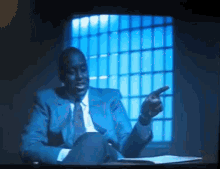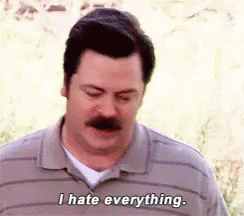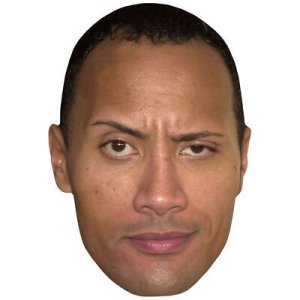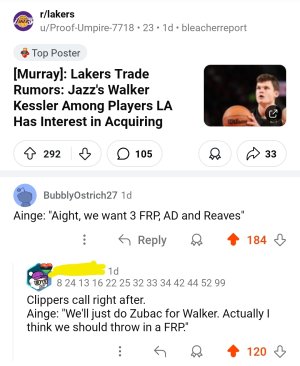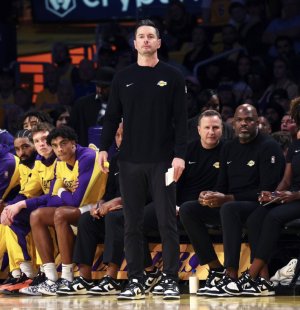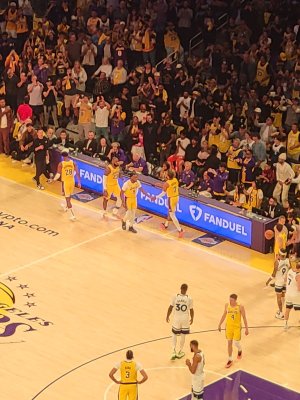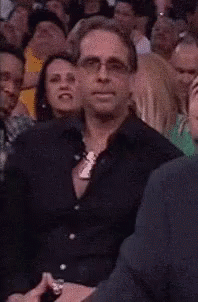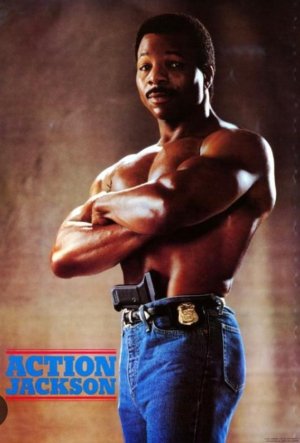Austin Reaves at the FIBA World Cup looks like the star the Lakers have long pursued
There was one play during Team USA’s FIBA World Cup preliminary round victory over Greece Monday that was emblematic of the dramatic and sudden shift in Austin Reaves’ game.
With Team USA comfortably ahead midway through the fourth quarter, Reaves caught a pass from Josh Hart on the right wing and nodded for Hart to screen for him. Reaves dribbled around the screen, crossed over between his legs to his right hand, then behind his back to his left hand. As his defender, Nikos Rogkavopoulos, reached in, Reaves sensed a path to the rim, crossed over again, propelled himself forward and left Rogkavopoulos in the dust. On his foray to the basket, Reaves Euro-stepped past a rotating Kostas Papanikolaou and finished with a finger roll at the rim.
The shiftiness was hard to ignore. Even harder to downplay: Reaves’ growth into a more assertive ballhandler and scorer who’s comfortable testing the limits of his rapidly developing skill set.
The sequence capped Reaves’ standout performance across his eight Team USA contests — five exhibitions, plus the first three at the FIBA World Cup. He earned Player of the Game honors by scoring a team-high 15 points, grabbing five rebounds and dishing a team-high six assists in the U.S.’s 109-81 preliminary-round win.
Through three official FIBA World Cup games, Reaves, 25, is third on the team in scoring (11.7 points per game) and first in assists (4.3 assists per game). He’s thriving while remaining efficient, posting shooting splits of 57.9 percent from the field, 55.6 percent from 3 and a perfect mark at the free-throw line. He’s contributing to success, as Team USA has outscored opponents by 50 points in Reaves’ 58 minutes.
This stretch is a small sample against overmatched opposition, obviously. But it further underscores the widespread notion that Reaves been one of Team USA’s standouts since training camp began in early August. It also continues the momentum from Reaves’ breakout with the Los Angeles Lakers in the latter parts of the 2022-23 season, when he averaged nearly 17 points, four rebounds and five assists on 50/40/90 shooting splits following the Feb. 9 trade deadline.
Reaves’ swift ascension over the last six months has presented an important question for the Lakers: How much does his emergence raise their ceiling next season – and beyond?
Los Angeles has been searching for a third star for the entirety of the LeBron James-Davis era, now entering its fifth season. Specifically, they’ve yearned for a high-usage ballhandler who can run the offense and partly alleviate the burden on James’ shoulders in high-stakes moments.
They attempted a half-measure after their championship season, trading starting guard Danny Green and a first-round pick to Oklahoma City in exchange for Dennis Schröder. Schröder was solid, but unspectacular in 2020-21, and the partnership eventually fizzled out. That led to an even bigger swing — and one of the biggest misses in NBA history — with the 2021 blockbuster trade for Russell Westbrook, which decimated the Lakers’ depth and spacing in one fell swoop.
The Lakers have pursued other star guards, including Damian Lillard, Kyle Lowry and Kyrie Irving. Even into this summer, there were some in the organization, including James, who still had an interest in pursuing Irving, though the front office ultimately prioritized continuity. Trae Young has long been on Los Angeles’ radar, depending on how his situation unfolds in Atlanta.
Yet as Reaves continues to make these significant leaps, it increasingly looks as if the Lakers had that player right under their noses these past two seasons.
Reaves always had the skill to be an on-ball shot-creator and playmaker. He grew up playing point guard and still prefers playing the position. But joining the Lakers as an undrafted two-way player before the 2021-22 season didn’t give him the cachet to flex his floor-general abilities. Instead, Reaves was pegged as an off-ball player, focusing more on shooting, moving the ball quickly and defending the perimeter.
At the start of his rookie season, Reaves was behind James, Russell Westbrook, Rajon Rondo, Malik Monk, Talen Horton-Tucker and D.J. Augustin in the pecking order. In his sophomore season, Reaves still had to deal with James, Westbrook, Dennis Schröder, Patrick Beverley, D’Angelo Russell and Lonnie Walker IV. But the Lakers’ trade-deadline reshuffling decluttered the backcourt and allowed Reaves to shine.
Since then, it’d been a wild six months for Reaves. His introduction to a national audience came in the playoffs, when he erupted in the fourth quarter of Game 1 in Memphis, topped off by his viral “I’m him!” moment. His usage rate increased from the mid-teens to the low 20s, but that growing workload didn’t come with the corresponding efficiency drop-off that most players suffer as their role scales upward. His shot selection and decision-making remained elite, and he handled the increased defensive attention well, aside from a minor dip in production between the Memphis and Golden State series.
The version of Reaves that’s emerged since February is exactly what the Lakers have desperately been seeking elsewhere. He’s become a high-level starter with All-Star potential. He’s properly slotted as a third option behind James and Davis, but he can assume more usage when one or both are off the floor. He’s a good enough shooter and cutter to play off the ball, allowing Russell and new addition Gabe Vincent to run the offense and give opponents a different look. Reaves can also run the offense himself, attacking out of pick-and-roll actions and out of spot-up opportunities.
Reaves has studied Young and James Harden in the dark arts of foul-drawing, becoming an expert at baiting defenders into contact. He’s often able to put his head down, take a dribble or two, rise up and fade back, almost inviting a defender to swipe on his gather or slap at his arm on a fadeaway. That hasn’t translated as much in FIBA, with Reaves averaging only 2.7 attempts per game after shooting almost five per contest with the Lakers after the deadline.
On the flip side, Reaves’ shot release has appeared quicker in FIBA play, with him setting his feet and rising before defenders can recover off screens and kick-out passes.
Much has been made of the Laker’s upgrades at last season’s trade deadline — and rightfully so. The trades turned around the Lakers’ season.
At the same time, with the exception of Rui Hachimura, each of the Lakers’ additions faded in the postseason. Russell had a roller-coaster first two rounds and then became nearly unplayable against Denver, averaging 6.3 points on 32.3 percent shooting while being picked on defensively. Malik Beasley’s shooting was too inconsistent to offset his defensive limitations. Defenses ignored Jarred Vanderbilt to the point that his minutes progressively reduced in each series. Mo Bamba never gained the trust of the coaching staff.
The biggest change between the pre-deadline Lakers and post-deadline Lakers, both at the time and with hindsight, was Reaves’ growth. He became the player the Lakers needed all along.
The Lakers’ history suggests they will continue to seek out trades for a third star to team with James and Davis. But Reaves’ trajectory could change their perspective. Moving forward, the Lakers will need a star wing to eventually replace James, once he retires or leaves for another team. If they pursued another star guard, would it diminish Reaves’ critical and expanding role in the offense?
That question becomes more pertinent next season if Reaves makes the jump that he seems on the cusp of making. With a full training camp with his teammates, and several weeks to adjust to his new role as a primary ballhandler, Reaves can cement his status as an All-Star-level third option. His Team USA per-game averages extrapolated to 36 minutes come out to 21.6 points, 5.5 rebounds and 7.9 assists. Those are All-Star-level numbers that are slightly better than his post-deadline Lakers averages and indicative of his potential with higher usage next season.
Reaves has defied expectations and rewritten the script for every step of his basketball journey. Now, he has a chance to rewrite the Lakers’ script for the future, too.







